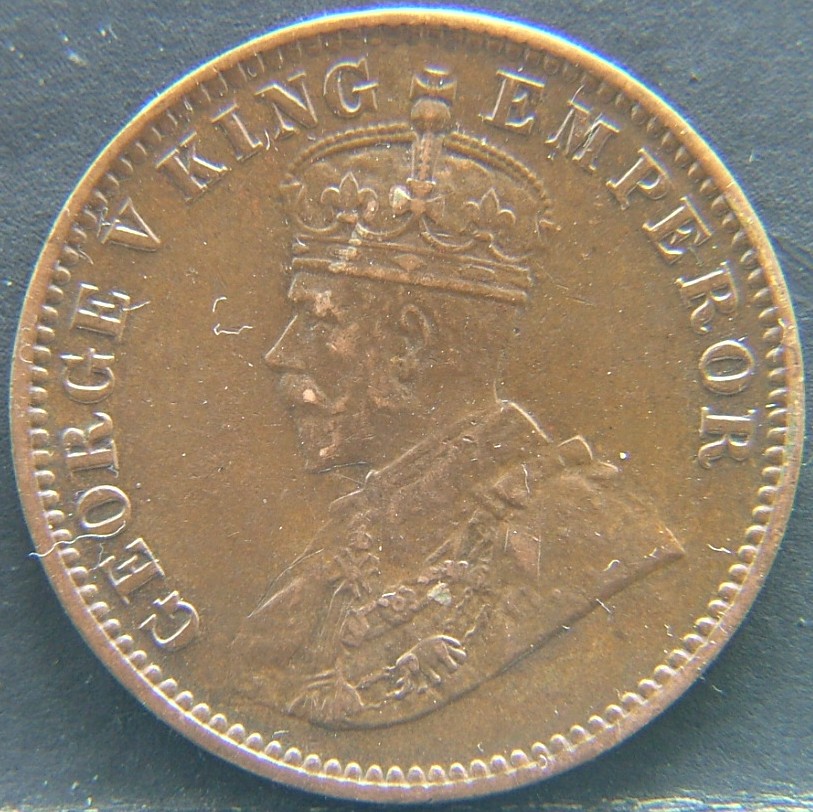Coins of 🇮🇳 BRITISH INDIA – Colonial Currency of the Raj
🪙 Historical Background
The British East India Company began minting uniform coinage in 1835, introducing standardized designs across India. This initiative aimed to streamline the diverse and chaotic coinage system that existed prior to British rule, which included over 60 different types of rupee coins. The uniform coinage featured portraits of British monarchs and inscriptions in English and Persian, symbolizing British authority and influence. indian-coins.com
In 1906, the Indian Coinage Act was enacted, authorizing the Indian Government Mints to strike all legal coinage in India, further consolidating the coinage system under British control. en.wikipedia.org
💰 Notable Coins of British India
1. One Rupee Coins
-
William IV (1835–1840): The first uniform one rupee coins, minted under the British East India Company.en.wikipedia.org
-
Queen Victoria (1840–1901): Coins featured her portrait and were minted in large quantities.
-
George V (1911–1936): Introduced during the British Raj, these coins are among the most common.
-
George VI (1938–1947): The last series before India's independence, with some rare issues like the 1939 one rupee coin fetching significant amounts due to low mintage. britishindiacoin.in
2. Mohur Coins
The mohur was a gold coin equivalent to fifteen silver rupees, first introduced by Sher Shah Suri in the 16th century. Under British India, mohurs were minted until 1918. They are highly prized by collectors, with rare issues like the 1835 double mohur fetching high prices at auctions. en.wikipedia.org
3. Half Rupee and Other Denominations
Coins such as the half rupee, quarter rupee, and anna were also minted during this period. The 1880 half rupee, especially those minted in Bombay and Calcutta, are considered rare and valuable. britishindiacoin.in+1britishindiacoin.in+1britishindiacoin.in+1britishindiacoin.in+1
🏛️ Mints and Mint Marks
Coins were minted at various locations across British India, including:
-
Bombay Mint (I mint mark): Established in 1829, it played a significant role in minting coins during the British Raj.
-
Calcutta Mint (C mint mark): The oldest mint in India, operational since 1757.
-
Other Mints: Additional mints were established in Lahore, Madras, and Hyderabad to meet the growing demand for coinage.
🧾 Collecting British India Coins
Collectors value British India coins not only for their rarity and condition but also for their historical context. Coins from short-reigned monarchs like Edward VII (1901–1910) are particularly sought after due to their limited mintage. oldcoincollections.com
For those interested in acquiring or learning more about these coins, resources like the British India Coin website offer extensive information and listings. britishindiacoin.in
If you have specific interests or need more detailed information on particular coins or periods, feel free to ask!
